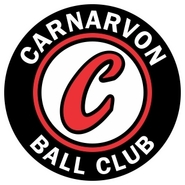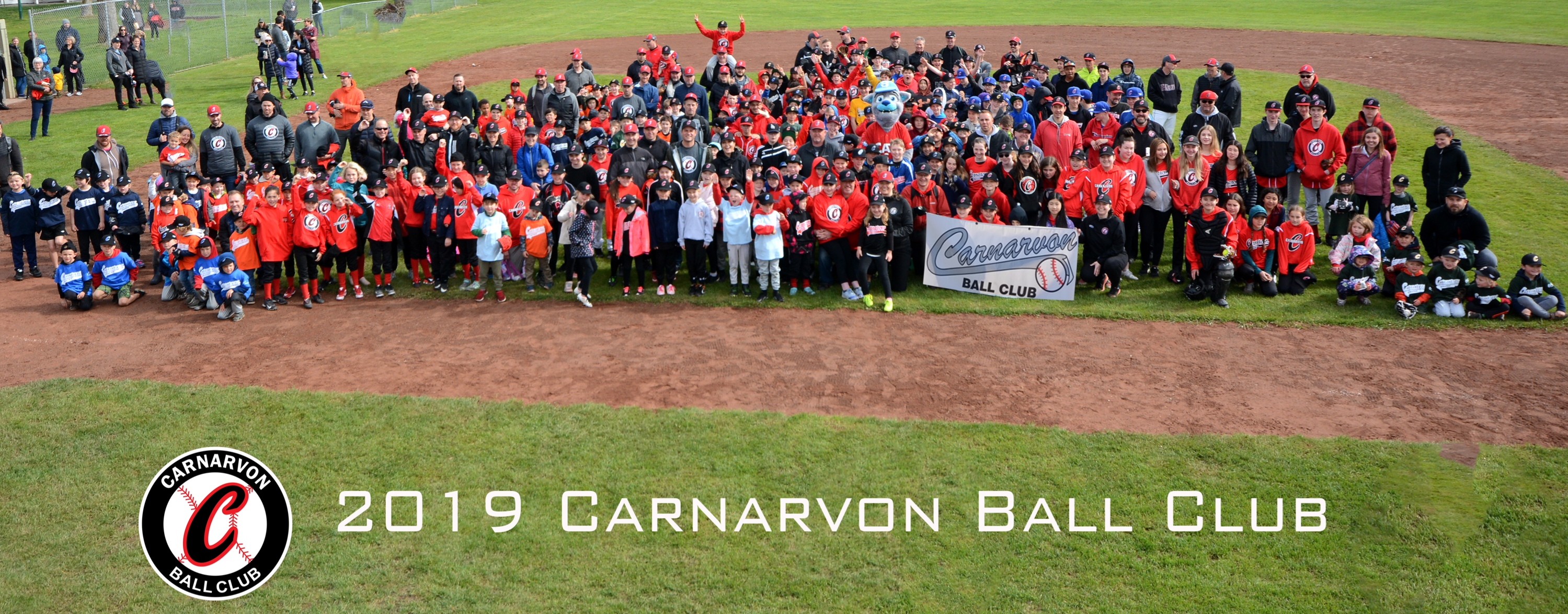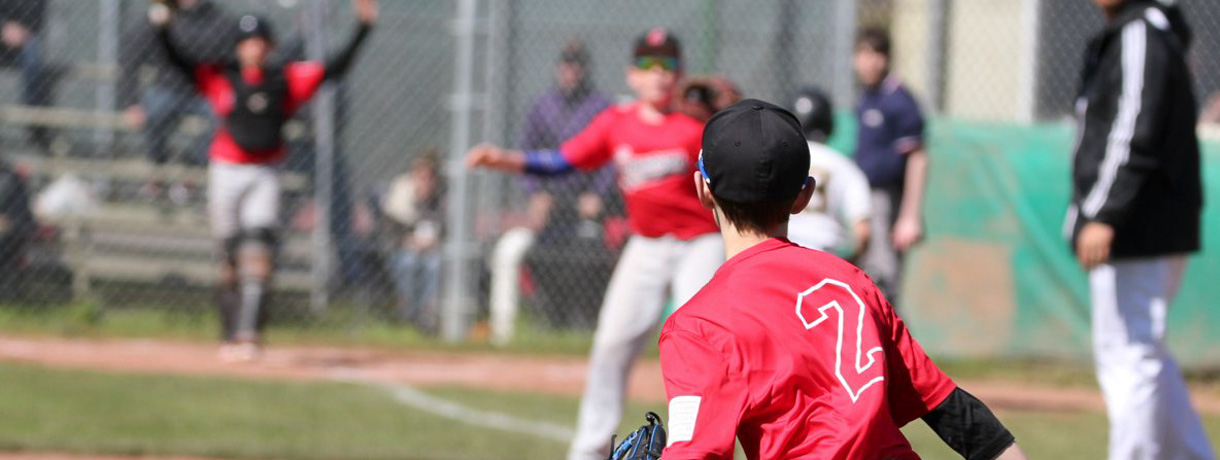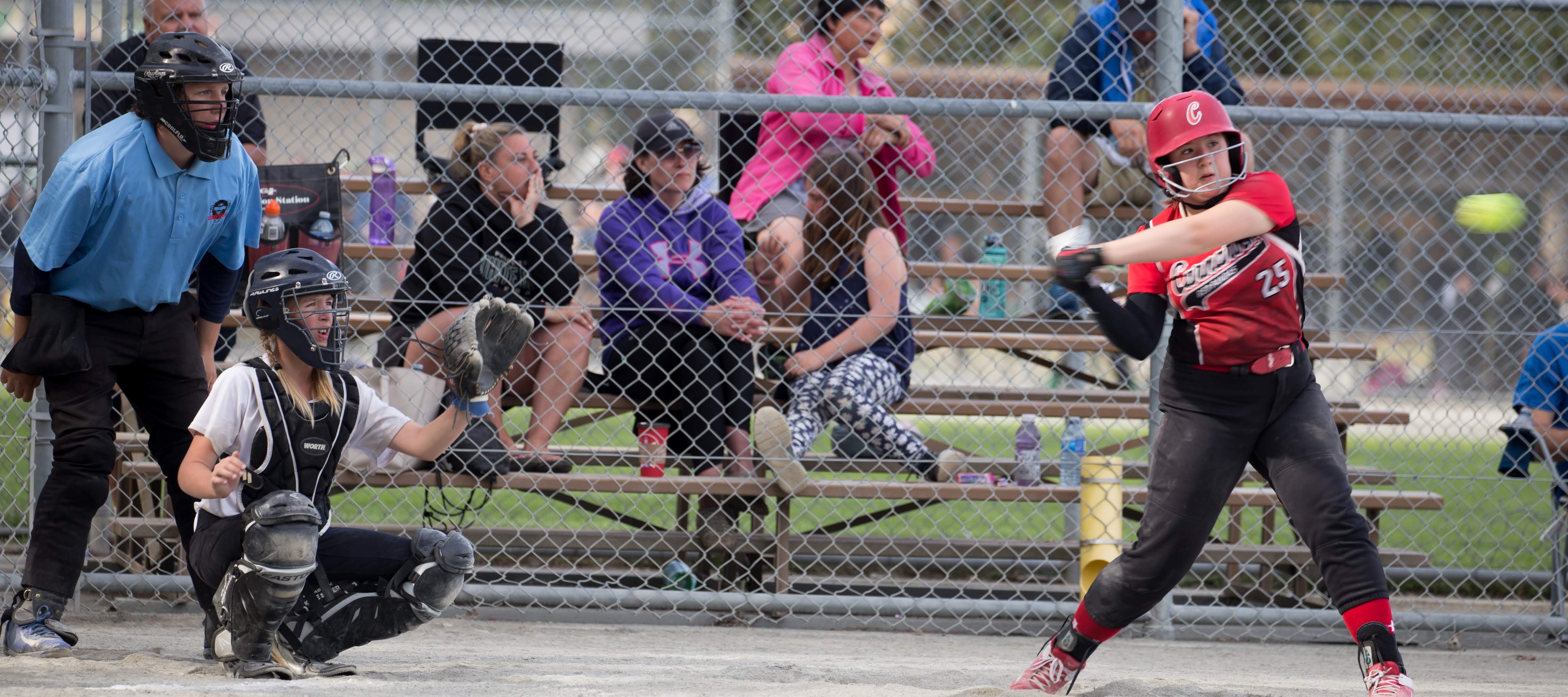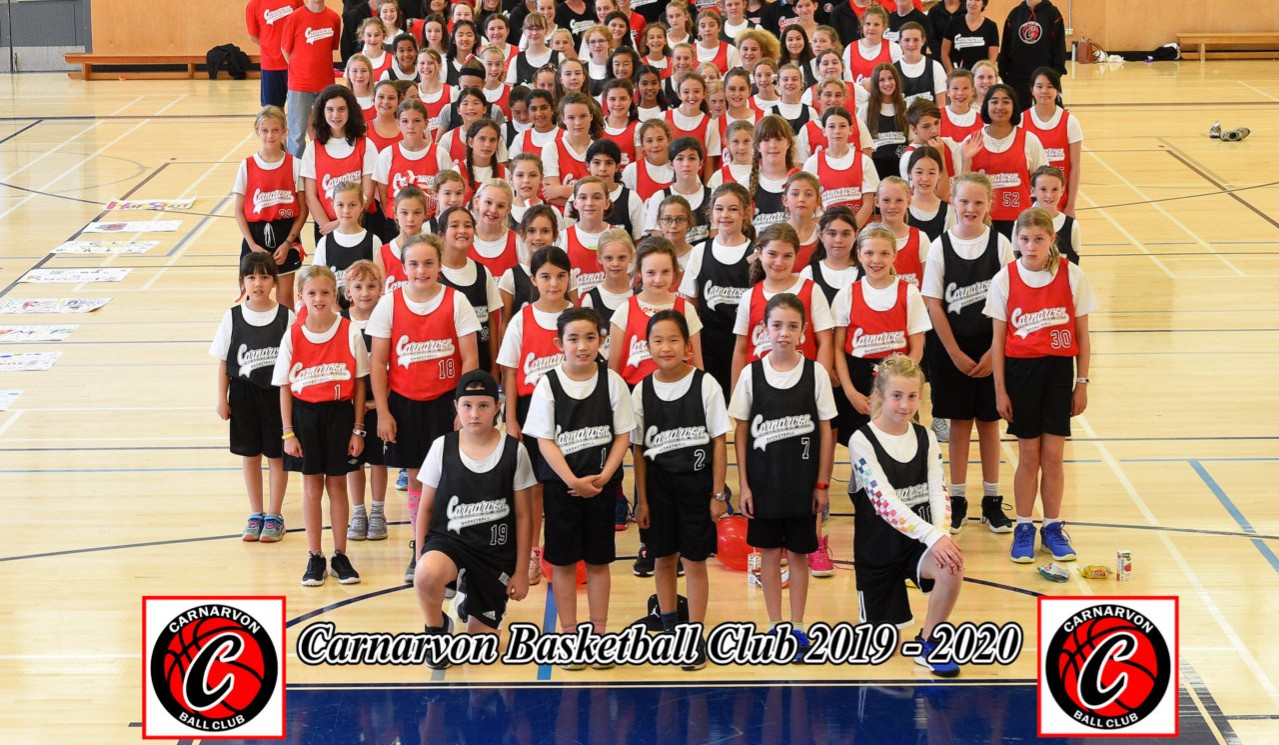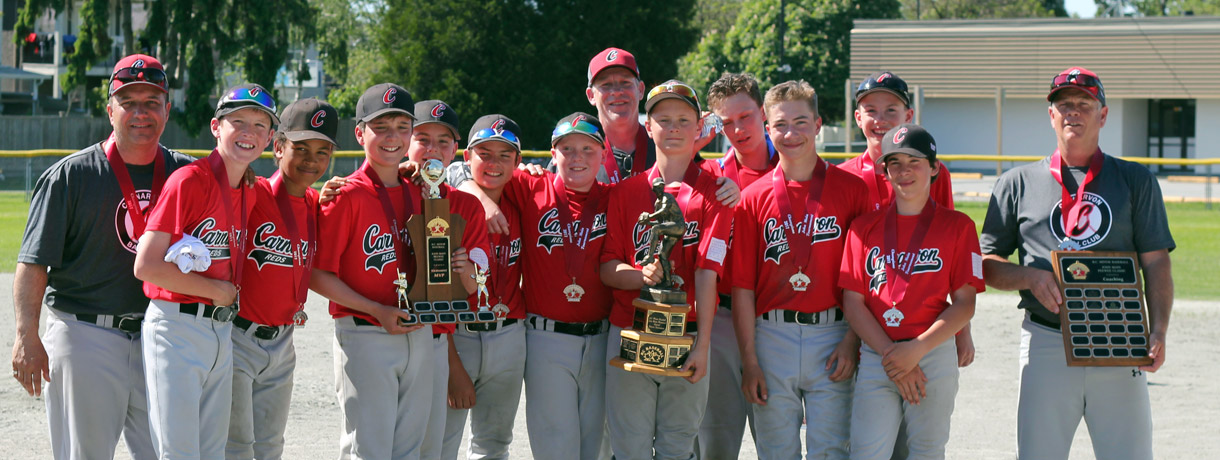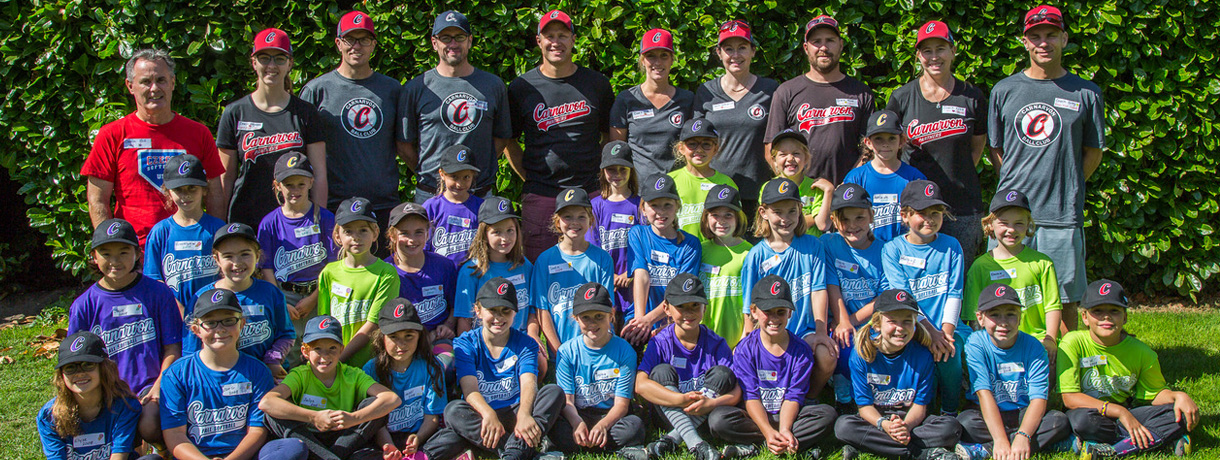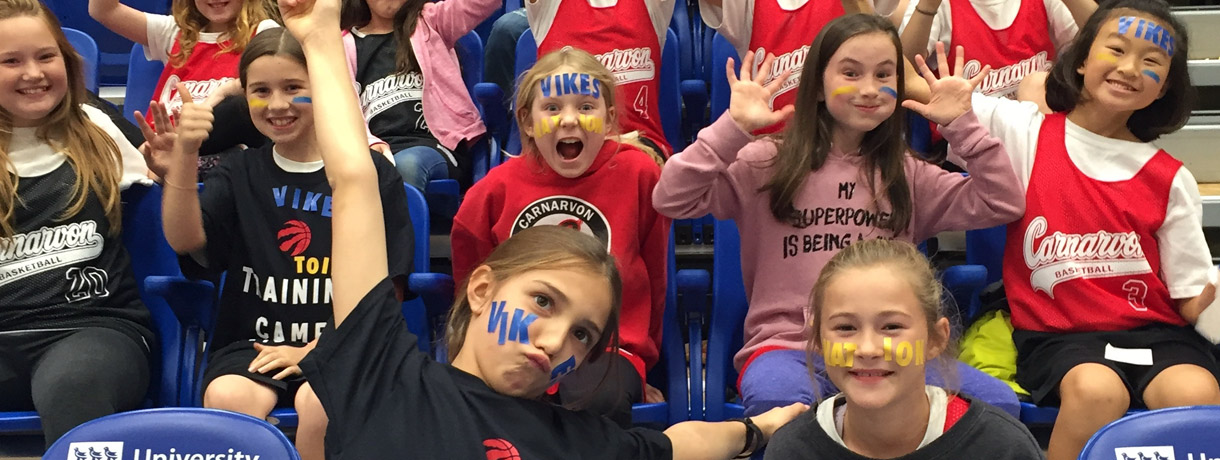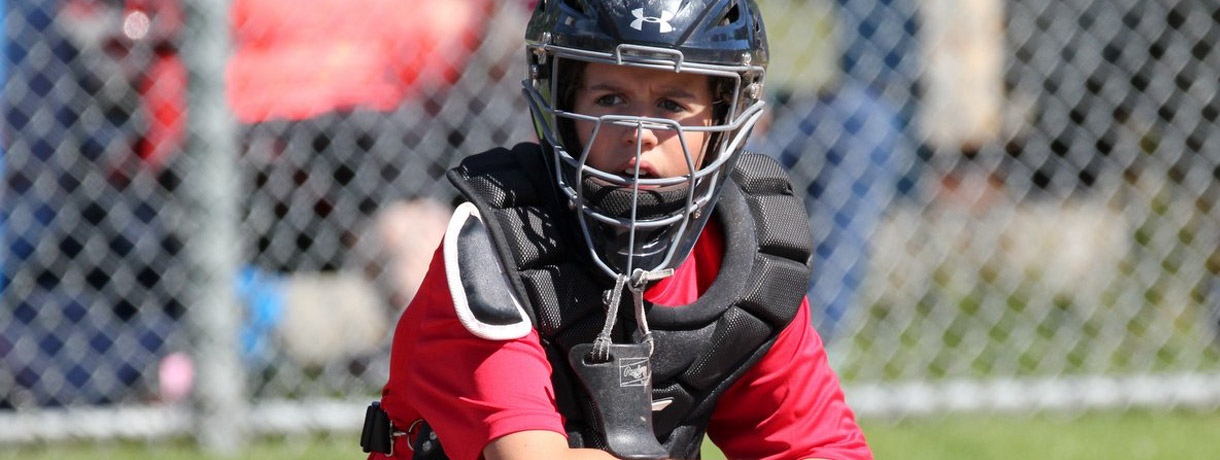WHAT IS A CONCUSSION?
A concussion is a type of traumatic brain injury caused by a bump, blow, or jolt to the head or by a hit to the body that causes the head and brain to move rapidly back and forth. This sudden movement can cause the brain to bounce around or twist in the skull, creating chemical changes in the brain and sometimes stretching and damaging brain cells. It results in a variety of specific and non-specific signs and/or symptoms (like those listed below) and most often does not involve loss of consciousness. General signs of concussion can include:
- Dizziness
- Headache
- Blurred vision
- Nausea
- Vomiting
- Slurred speech
- Appears dazed, confused
- Ringing in ears
- Delayed response to questions
- Loss of consciousness
Children and teens who show or report one or more of the signs and symptoms listed below, or simply say they just 'don't feel right' after a bump, blow, or jolt to the head or body, may have a concussion or more serious brain injury.
CONCUSSION SIGNS OBSERVED:
- Can't recall events prior to or after a hit or fall
- Appears dazed and stunned
- Forgets an instruction, is confused about an assignment or position
- Is unsure of the game, score, or opponent
- Moves clumsily
- Answers questions slowly
- Loses consciousness (even briefly)
- Shows mood, behavior, or personality changes
CONCUSSION SYMPTOMS REPORTED:
- Headache or feeling of pressure in head
- Nausea or vomiting
- Balance problems, dizziness, double or blurry vision
- Feeling sluggish, hazy, foggy, or groggy
- Confusion, concentration, or memory problems
- Just "not feeling right" or "feeling down"
Signs and symptoms generally show up soon after the injury. However, you may not know how serious the injury is at first and some symptoms may not show up for hours or days. For example, in the first few minutes your child or teen might be a little confused or a bit dazed, but an hour later your child might not be able to remember how he or she got hurt.
*You should continue to check for signs of concussion right after the injury and a few days after the injury. If your child or teen's concussion signs or symptoms get worse, you should take him or her to the emergency department right away.
DANGER SIGNS AND SYMPTOMS
In rare cases, a dangerous collection of blood (hematoma) may form on the brain after a bump, blow, or jolt to the head or body that may squeeze the brain against the skull. Call 9-1-1 right away, or take your child or teen to the emergency department if he or she has one or more of the following danger signs after a bump, blow, or jolt to the head or body:
- One pupil larger than the other.
- Drowsiness or inability to wake up.
- A headache that gets worse and does not go away.
- Slurred speech, weakness, numbness, or decreased coordination.
- Repeated vomiting or nausea, convulsions or seizures (shaking or twitching).
- Unusual behavior, increased confusion, restlessness, or agitation.
- Loss of consciousness (passed out/knocked out). Even a brief loss of consciousness should be taken seriously
RECOVERY FROM CONCUSSION
Most children with concussion feel better within a couple of weeks. However, for some, symptoms will last for a month or longer. Concussion symptoms may appear during the normal healing process or as your child gets back to their regular activities. If there are any symptoms that concern you or are getting worse, be sure to seek medical care as soon as possible.
What Steps Should My Child Take to Feel Better?
Making short-term changes to your child's daily activities can help him or her get back to a regular routine more quickly. As your child begins to feel better, you can slowly remove these changes. Use your child's symptoms to guide their return to normal activities. If your child's symptoms do not worsen during an activity, then this activity is OK for them If the symptoms worsen, your child should cut back on how much he or she can do that activity without experiencing symptoms. It is important to remember that each concussion and child is unique, so your child's recovery should be customized based on his or her symptoms.
Rest
- Your child should take it easy the first few days after the injury when symptoms are more severe.
- Early on, limit physical and thinking/remembering activities to avoid symptoms getting worse.
- Avoid activities that put your child at risk for another injury to the head and brain.
- Get a good night's sleep and take naps during the day as needed.
As your child starts to feel better, gradually return to regular (non-strenuous) activities.
- Find relaxing activities at home. Avoid activities that put your child at risk for another injury to the head and brain.
- Return to school gradually. If symptoms do not worsen during an activity, then this activity is OK for your child. If symptoms worsen, cut back on that activity until it is tolerated.
- Get maximum nighttime sleep. (Avoid screen time and loud music before bed, sleep in a dark room, and keep to a fixed bedtime and wake up schedule.
When the symptoms are mild or nearly gone, your child can return to regular activities.
- Help your child to take breaks only if symptoms worsen with increased activity.
- Return to a regular school schedule.
Back To Regular Activity
Your child is completely symptom free and is able to resume all regular activities. Recovery from a concussion is complete when your child is able to engage in all regular activities without experiencing any symptoms.
Helpful Link:
https://www.mayoclinic.org/
